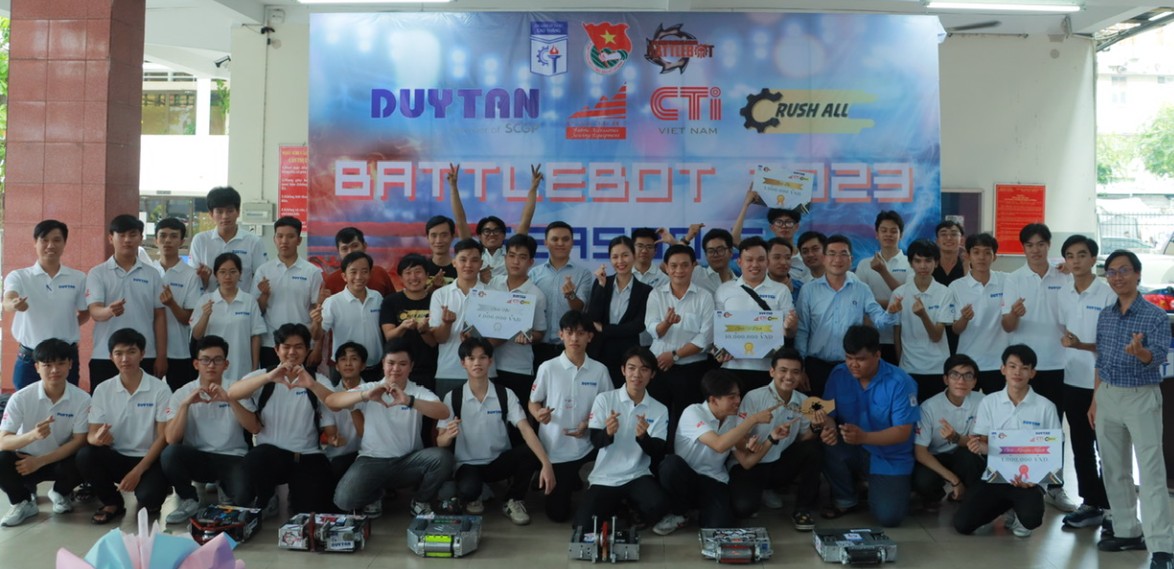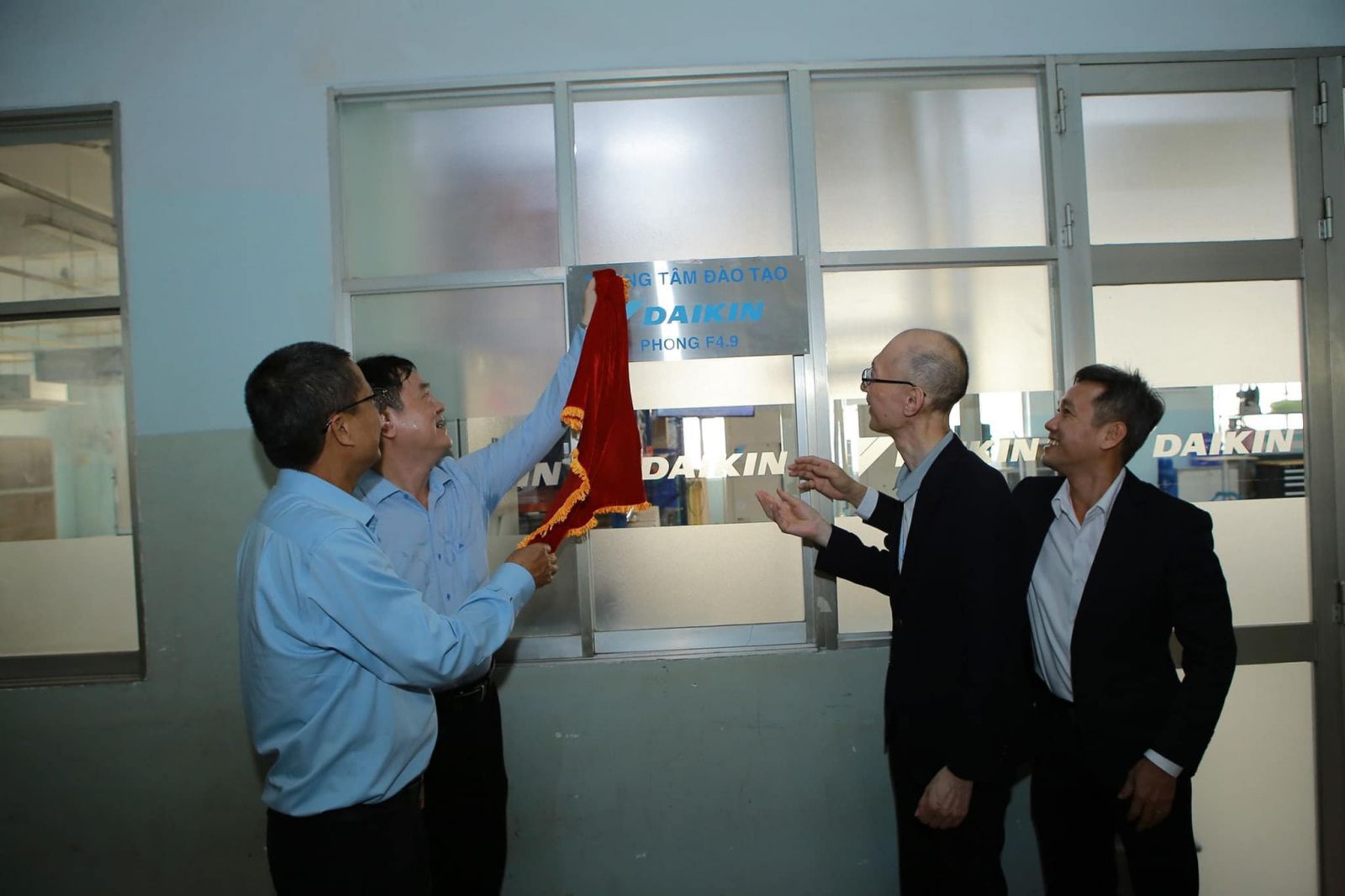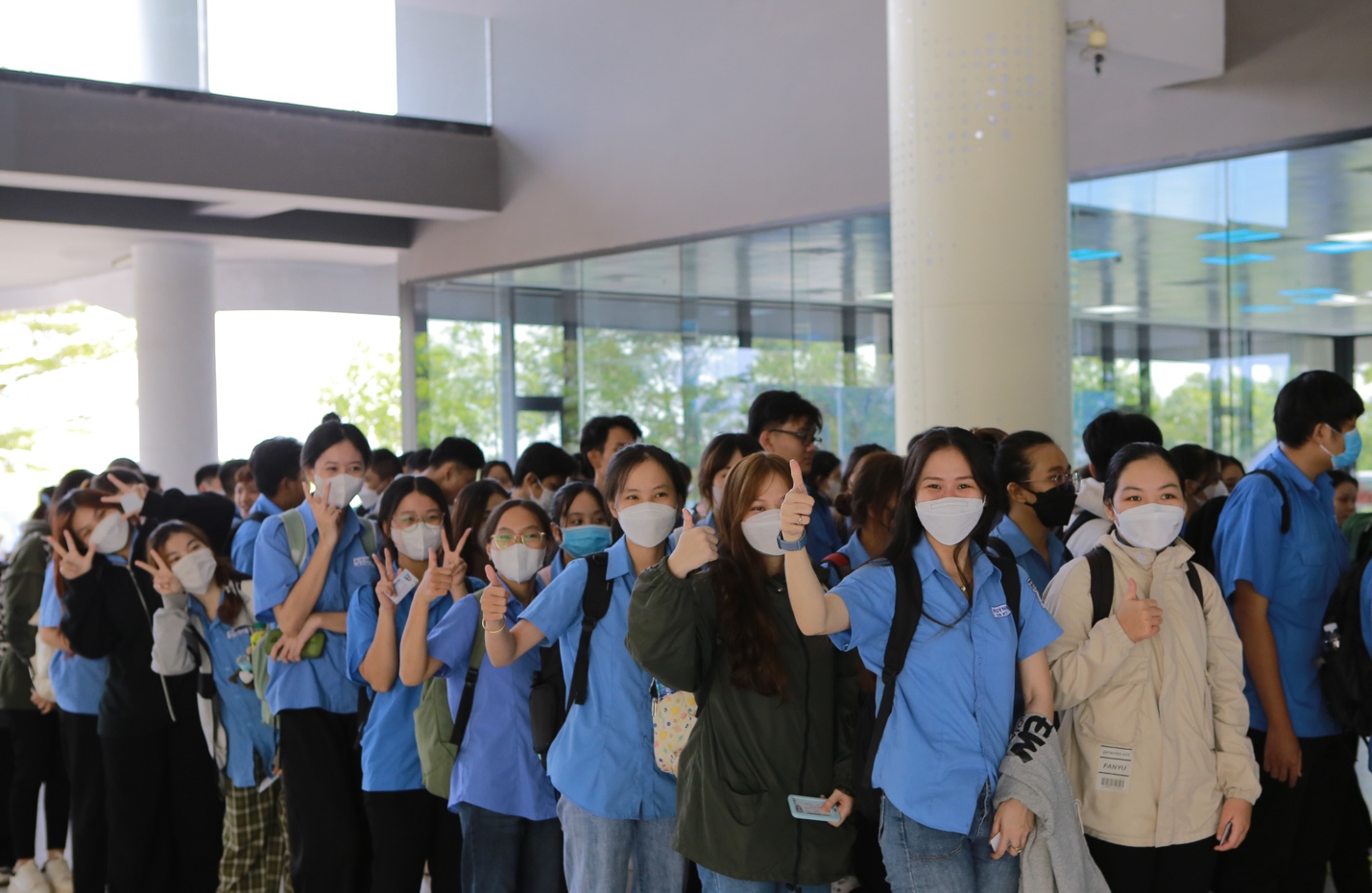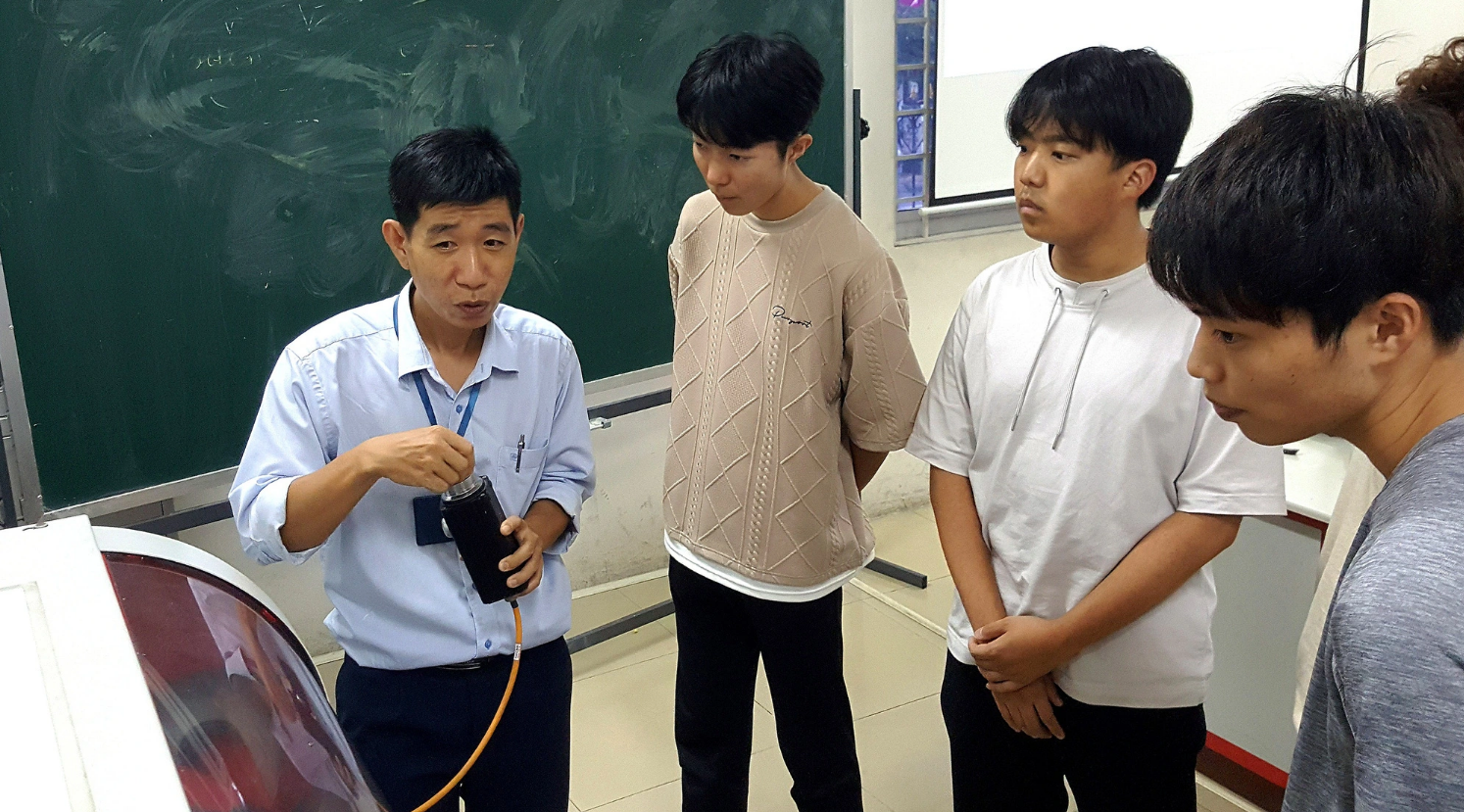Cao Thang Technical College was established in 1906 and initially named 'Sai Gon Asian Mechanical Engineering School'
Cao Thang Technical College was established in 1906 and initially named the Sai Gon Asian Mechanical Engineering School, at the discretion of the Governor General of Indochina with the aim of "training a team of skilled mechanics of machinery used on ships and land according to the merchant maritime needs for colonial rule and local industry”
During 1954-1975, the School was renamed “Cao Thang Technical High School” with the goal “training technicians at intermediate level for industry and commerce, in order to train the students at the technical high-school level". Since then, the School had been organized into two levels and became the biggest Technical High School in the South of Vietnam. The school has had a great honor to be the place where the late President Ho Chi Minh had studied in early 1911 and late President Ton Duc Thang had studied the course 1915 – 1917.
More than one century later, CTTC has been proud to be the cradle of training thousands of skilled technicians and workers to succeed in many fields, of which many have become elite cadres of the Party and the State, leaders of the People's Committee, the departments – Bureaus - Branches, the production and business units and Heroes of Labor for their outstanding contributions towards building the nation.
Looking back on the 110 year-old school from a school that trained technical professionals, technical workers and technical baccalaureate (before 1975), updraded into the professional high-school level (after 1975) and presently Cao Thang Technical College, specifically in the last 5 years (2011-2016) the College has achieved the following accomplishments:
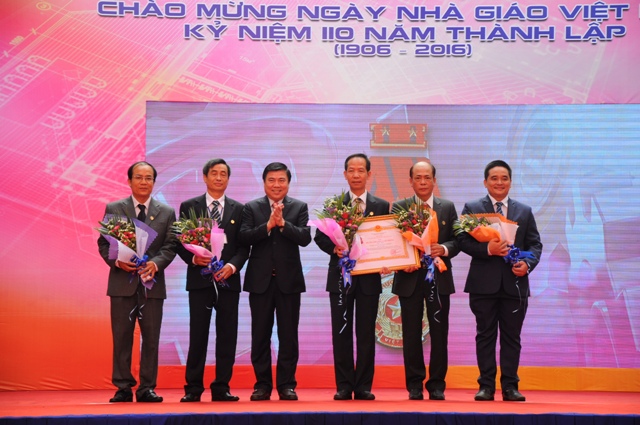

1. Training:
With the stable training scale of 12,500 students annually with 30 majors, the curriculum associates theoretical practice for establishing a fundamental background of intensive knowledge, focusing on equipping students with disciplines and industrial styles. Assignments and projects are of great help for students’ critical thinking, creativity and synthesis to deal with specific issues.
For the engineering ground, thanks to the partnership coordination between CTTC and enterprises, nearly 100% graduates are employed right after graduation. Moreover, CTTC's graduates are highly valued by entrepreneurs, which helps maintain the prolonged credits of the school and draw more attention to a large number of students enrolling. CTTC has enrollment targets for college in Vocational Associate and Professional Intermediate programs with the 1st position during the admission period annually, compared with other programs, particularly during the 2-year period 2015-2016, the benchmark of the college is beyond the range of universities’ base point with 18.5 and 17.5 for Automobile and Mechanical Engineering respectively.
2. Lecturers and Administrative personnel:
Not only does the number of proficient lecturers with MA, PhD degrees increase, but we also have training procedures for developing lecturers’ scholarly specialized knowledge. In the last 5 years of processing international cooperation projects, the school has made the following achievements:
Since 2011, there have been 70 personnel and lecturers majoring in engineering taking teaching innovations short-term courses at the University of Arizona State. Academic clubs and English clubs … have been founded to provide support and advice for students’ issues.
Engineering competitions are set up annually to give students opportunities to apply theoretical knowledge into practice and other needed skillls such as negotiating or problem solving...
The project has helped build the strategic plan HEEAP-VULII effectively, and implemented two of six goals, which have enhanced the initiative of the lecturers or department-level and above. To be more specific, things are clearly established in quantitative units, creating the motivation for lecturers to compete in all activities of CTTC.
Not only do the lecturers have a good relationship with the enterprises, but they also understand the program outcomes, know how to set up and structure the syllabus as well as organize teaching activities aimed at attaining program outcomes. The syllabi have been rewritten according to the CDIO approach, towards the accreditation of education quality.
There are 4 programs which have been processed in the mock site visited by the experts of the project VULII according to the standard ABET. In September 2016, the School officially applied for the accreditation under ABET for two programs Mechanical Engineering Technology and Electrical-Electronics Engineering Technology.
KOSEN-JICA project has created awareness and distinctive improvements on 5S and occupational safety, as well as the awareness of preserving the environment, and the project continues to upgrade teaching methods to provoke students’ creativity and problem-solving skills.
3. Scientific research:
Besides production projects, the School has focused on practical topics for management and training at school, generating the following effects:
All aspects of executive management are built according to management procedures and self-designed management software, which provides the initiative in operation.
Topics on the research and manufacturing of teaching equipment based on the equipment and teaching materials of the industrialized countries have helped cutting down expenses on purchasing billion-worth of imported equipment each year, but and enabled the faculty to apply student – centered lessons.
Topics on compiling internal textbooks oriented to support students in stimulating problem-solving skills have inspired students’ learning (178 textbooks have been accepted in recent years).
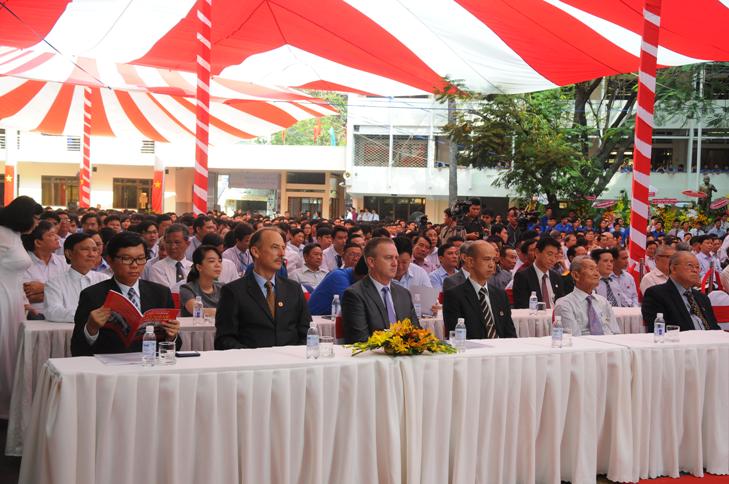
4. Facilities:
Annually, the School goes to the expense of the investment of teaching equipment, which focuses on the detailed plan arranged to create modern and comprehensive equipment for research and teaching.
The 7-storey construction project along Pasteur of the School was approved by the Ministry, in addition to the funding from the Ministry and its own funding; the school is also granted a loan from the City. The building was put into use at the beginning of 2016, enlarging the total area of classrooms and workshops to 40,000 m2.
Building up the tradition of "United - Patriotic - Skilled" is regarded to be the pride of the school, which belongs to the generations of lecturers, who have overcomed difficulties to maintain the spirit of "Educating citizens for over 100 years". Their merits are always engraved by the generations of students and the School. Today, in honor of Vietnam's teacher day 20/11, the celebration of education, we offer all our noble respect and affection towards the teachers, and lecturers.
By CTTC
 Vietnamese
Vietnamese English
English
